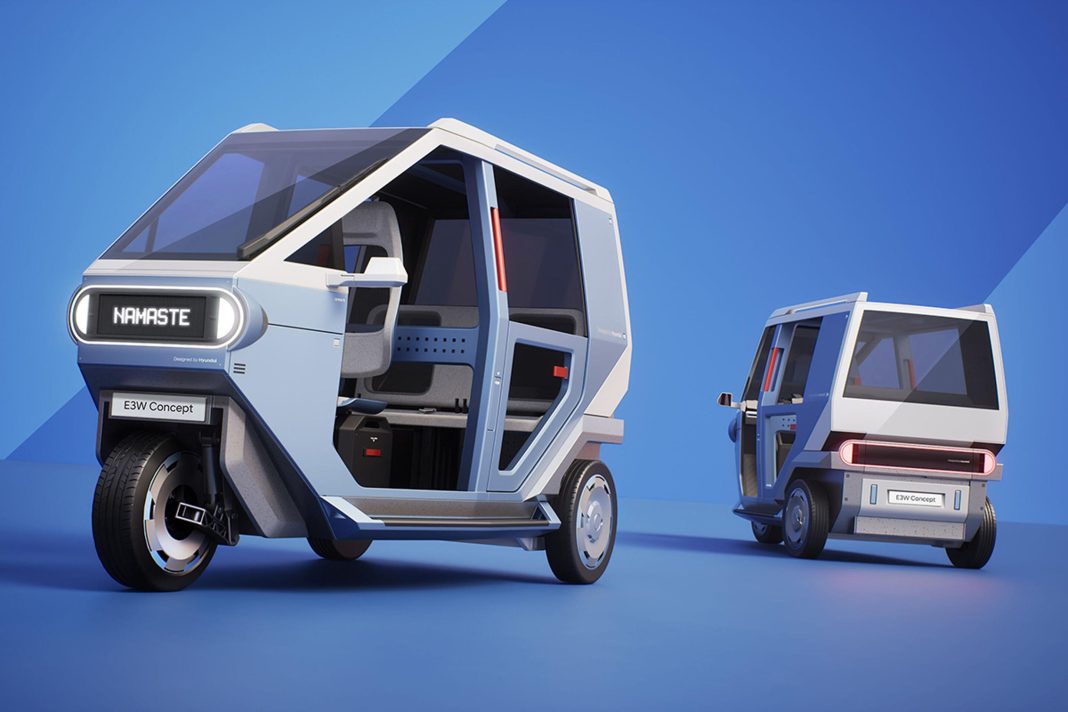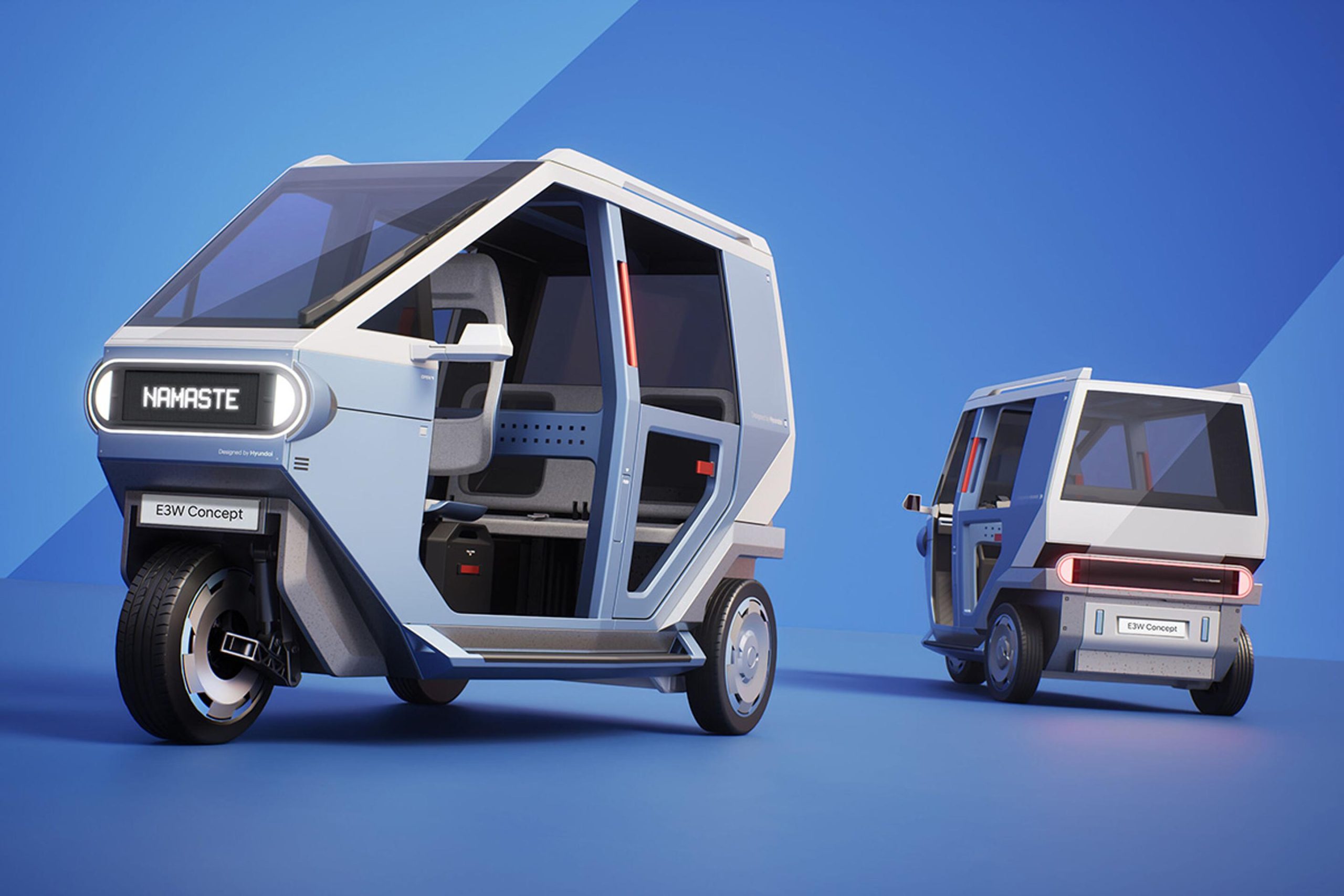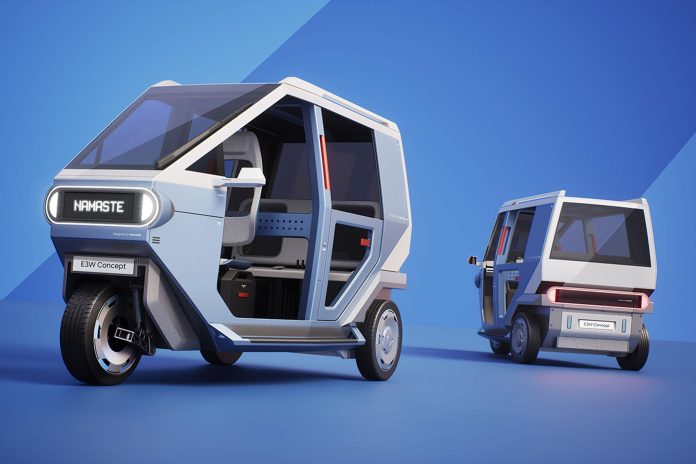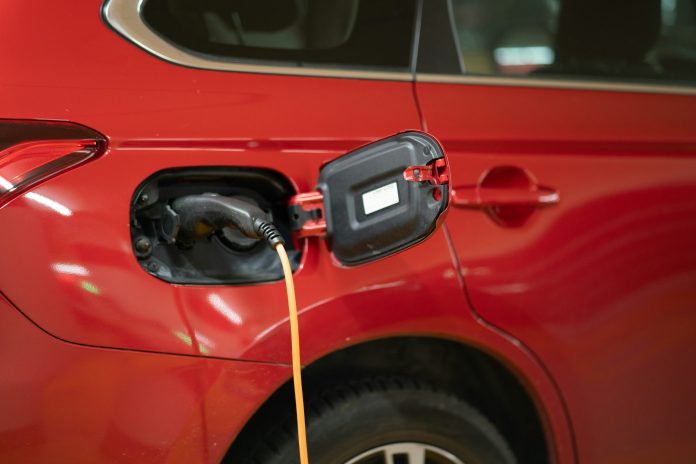As people evaluate the market for new cars, many decide they want sustainable vehicles. They realize these choices can reduce their carbon footprint while minimizing pollution, repurposing waste and reducing negative environmental impacts. Whether looking for your next vehicle or curious about industry developments, you’ll love these forward-thinking designs.
1. A Sewage-Powered Prototype
Engineers in the emissions-intensive motorsports industry have found an out-of-the-box solution for prioritizing sustainability by changing how a car gets its fuel. They turned their attention to sewage treatment technology and deployed waste-feeding microbes that produce hydrogen for this futuristic motor vehicle. Development is still in the early stages, but the team hopes to test their car in a race to see how it performs. They acknowledged that the storage tank is one of the most significant hurdles to overcome due to its space-consuming shape.
However, they aspire to break several speed records with this creation, including the fastest standing and flying starts over a mile and kilometer. The team won’t have it ready for a commercial debut this year, but you should stay tuned to their work to learn about further developments and test results.
2. Self-Healing Exteriors

Scratches on car exteriors look unattractive, and getting them repaired can increase emissions. That happens in a couple of ways. First, people produce them by driving their damaged automobiles to and from repair shops. However, the materials and methods used to restore the finish also adversely affect the environment.
Nissan has unveiled a polymer technology integrated into a car’s paintwork. It detects surface damage and responds by activating a chemical reaction to fix it. Representatives from the automaker believe this solution could save car owners billions of dollars in repair costs while reducing their dependence on the harsh chemicals often used to restore a vehicle’s body.
Additionally, this improvement prioritizes the circular economy by encouraging people to use their cars longer. A potential downside is that it only works for minor damage. Even so, since the scratch repairs happen autonomously, car owners don’t need to do anything to trigger repairs.
3. Eco-Friendly Materials
Many vehicle makers continually look for creative ways to reduce their products’ materials-related carbon footprints. Purchasers generally like those thoughtful decisions, and manufacturers have developed numerous creative possibilities. One option is to increase the amount of recycled materials. For example, 3004 alloy aluminum sheet metal contains more recycled materials than 5052 aluminum alloy. Additionally, its excellent durability makes it a good choice for applications such as buses and brackets.
Pioneering automotive materials can cut emissions by reducing the products made from scratch. When automakers can reuse or repurpose formerly discarded items in their cars, those decisions benefit the planet.
4. Safer Lightweighting

Engineers are working on material-related developments that could improve cars’ fuel efficiency. Such progress would reduce emissions by allowing vehicles to go further on each tank of gas because they require less force to operate. Those involved insist that lighter materials are not necessarily weaker and want to find those that will make occupants safer. They focus on high-strength steel and aluminum alloys because they weigh less and must pass corrosion tests.
One of their biggest challenges affecting the automotive industry is finding materials that will offset the high battery mass and not penetrate sensitive vehicle areas during crashes. Additionally, the selected materials must be durable enough to withstand the years of daily use most vehicles get. Many consumers appreciate sustainable changes, but they want assurance that automakers’ decisions will result in the high-quality cars they have come to expect from the world’s top brands.
Fortunately, aluminum has already proven its worth in other industries, such as construction. It is a popular siding material and one of the lighter options. In addition to having less embodied carbon than alternatives, its reduced weight means people need fewer freight vehicles to transport it to sites.
5. Three-Wheeled Micromobility Vehicles

Among the standout offerings at a 2025 mobility expo in India were three-wheeled electric vehicles meant to improve the daily commutes of millions of people in the country who use traditional rickshaws. Although these are just concept cars for now, they feature several design features that make them especially appealing to eco-minded users. For example, they feature recycled plastics and flat panels to ease production and facilitate owners’ replacing parts when needed.
Engineers also made structural design decisions to improve driver comfort on bumpy roads. Extras such as water bottle holders and USB charging ports offer welcome convenience. Those working on these vehicles have not yet provided range estimates. However, one participating company has a three-wheeled option with a 111-mile range, illustrating the possibilities for these offerings.
The design of these three-wheelers also breaks boundaries in meaningful ways. For example, one model is large enough for a wheelchair to roll into the cabin, thanks to a foldable bench seat, back door and ramp. Additionally, these vehicles have integrated grab bars and fold-out steps to help them get luggage off the roof.
People will be more likely to switch to these greener vehicles if they can see how they will improve their lives and require few to no sacrifices. These thoughtful touches should elevate interest and adoption rates. Additionally, increased use of electric micromobility vehicles can enhance cities’ air quality, making these locations safer for everyone.
An Exciting Time for Sustainable Vehicle Designs
These fascinating examples show how designers can pursue many avenues when finding the best ways to make consumers’ personal transportation options kinder to the Earth. These creative possibilities should inspire the industry and everyone interested in it.










